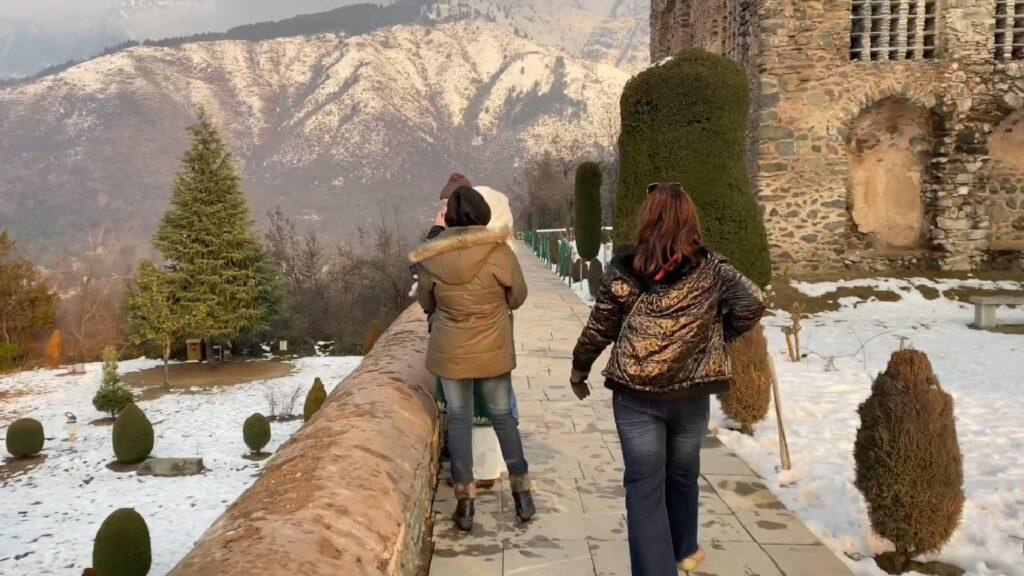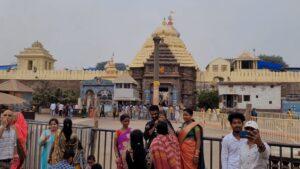About Pari Mahal
Pari Mahal, also known as the Palace of Fairies, is a historic garden located at the top of the Zabarwan mountain range, offering a stunning view of Srinagar and the southwest of Dal Lake. Seven-terraced garden is a splendid example of Islamic architecture and the Mughal era’s patronage of art, established during the reign of Emperor Shah Jahan.
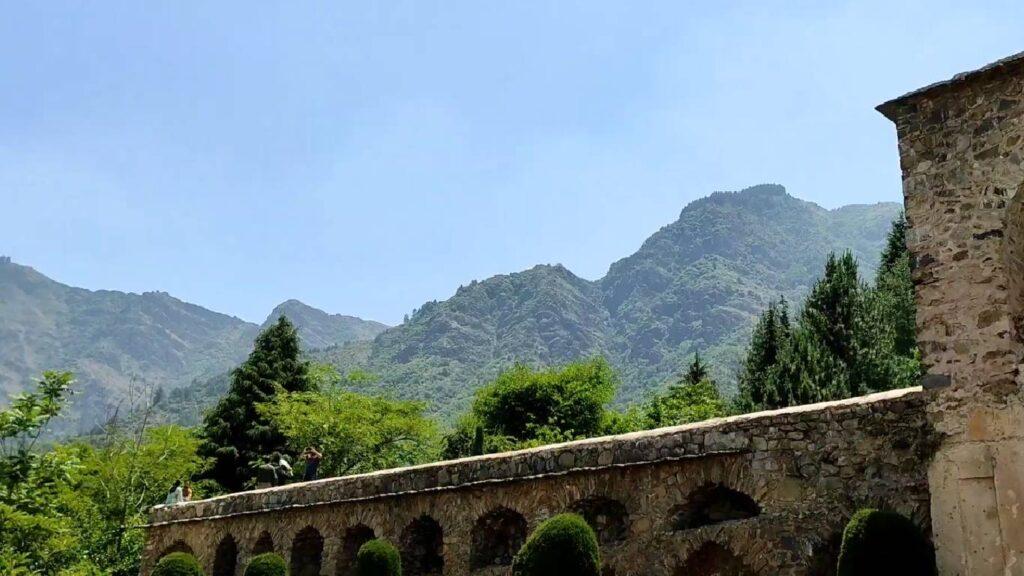
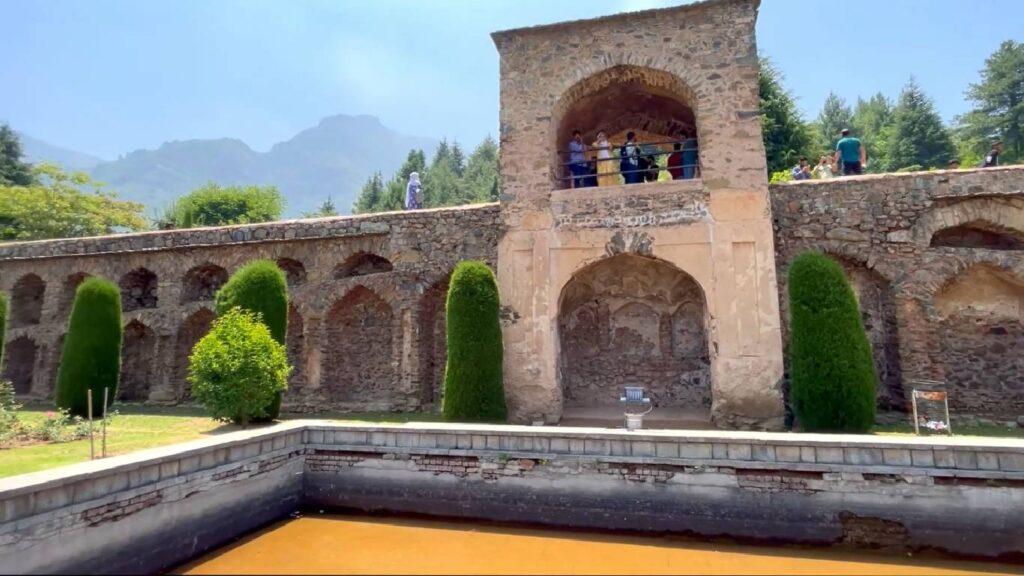
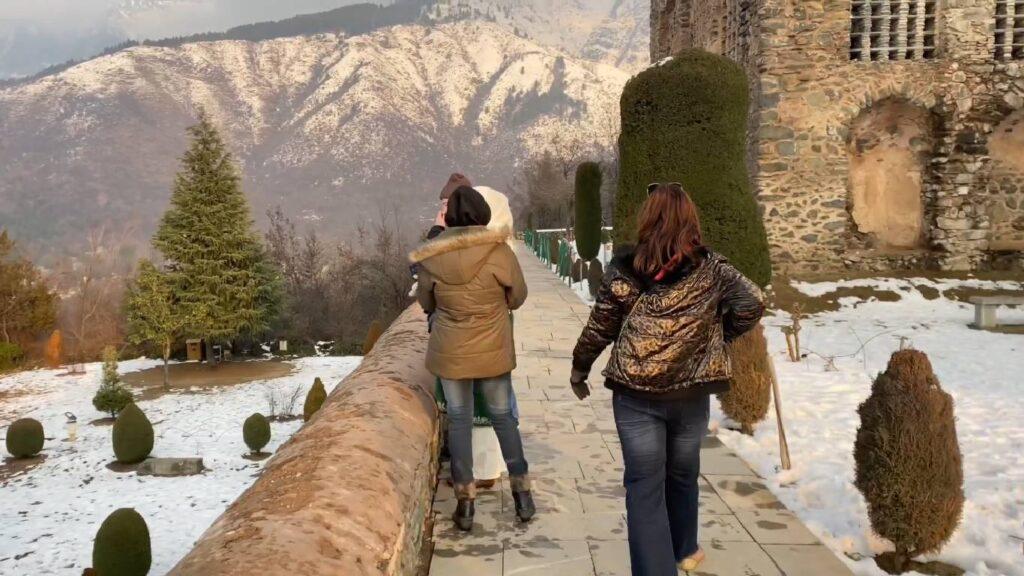

Pari Mahal are adorned with beautiful archways and lush gardens, making it one of the most picturesque places in Srinagar. It was originally built by Mughal Prince Dara Shikoh in the mid-1600s and served as a library and residence for the prince. Site has also been used as an observatory for teaching astrology and astronomy, reflecting the intellectual pursuits of its royal patrons.
Pari Mahal History
History of Pari Mahal dates back to the mid-17th century. It was constructed by Dara Shikoh, the eldest son of the Mughal Emperor Shah Jahan. Dara Shikoh was known for his liberal outlook and interest in the arts and sciences, particularly astrology and Sufism.
Pari Mahal Architecture
Reflecting the Islamic style of architecture prevalent during the Mughal era, Pari Mahal features arched doorways, terraced gardens, and intricate water channels. It was initially built as a library and residence for Dara Shikoh and also served as an observatory for teaching astrology and astronomy.
Pari Mahal Garden
Over the years, Pari Mahal has become a property of the Government of Jammu and Kashmir. Despite its historical significance, the garden has largely evaded modern restoration efforts, which adds to its ancient charm. Today, it stands as a proud symbol of Kashmir’s past and is a popular tourist attraction, drawing visitors from around the world.
Pari Mahal Timings
Pari Mahal, the historic garden in Srinagar, is open to visitors during the following hours:
Monday to Sunday: 9:30 AM – 7:30 PM
Pari Mahal Entry Fees
Entry fee for Pari Mahal is as follows:
- Adults: INR 10 per person
- Children: INR 5 per child
Pari Mahal Built by
Pari Mahal, also known as the ‘Palace of Fairies’, was built by Mughal Prince Dara Shikoh in the mid-1600s. It is a beautiful example of Islamic architecture and the Mughal Empire’s patronage of art during the reign of Emperor Shah Jahan.
Pari Mahal story
Pari Mahal, also known as the “Palace of Fairies,” is a historic monument located in Srinagar, Jammu and Kashmir. Story behind Pari Mahal dates back to the 17th century when it was built by Dara Shikoh, the eldest son of Emperor Shah Jahan.
Legend has it that Dara Shikoh, known for his interest in mysticism and spiritual teachings, constructed Pari Mahal as a place of learning and meditation. It is said that he was inspired by a dream in which fairies visited him and guided him to create this enchanting palace.
Pari Mahal is a unique blend of Islamic and Persian architectural styles. Seven terraces of the palace offer panoramic views of the surrounding mountains and the beautiful Dal Lake. It is believed that Dara Shikoh used Pari Mahal as a meeting place for scholars, philosophers, and Sufi saints, engaging in discussions on various subjects including spirituality, philosophy, and astronomy.
What to See and Things to Do at Pari Mahal in Winter
During winter, Pari Mahal in Srinagar offers a unique and enchanting experience. Visiting Pari Mahal in winter offers a unique and magical experience as the palace and its surroundings are often blanketed in snow, enhancing its ethereal beauty.
What to See in Pari Mahal in Winter?
- Snow-Covered Terraces: Terraced gardens of Pari Mahal, covered in a layer of snow, create a serene and picturesque landscape. White snow contrasts beautifully with the ancient architecture and the evergreen trees.
- Panoramic Views: Enjoy breathtaking panoramic views of the snow-covered Srinagar city, Dal Lake, and the surrounding mountains. Clear winter air provides excellent visibility, making the views even more spectacular.
- Historical Architecture: Explore the historical Mughal architecture of Pari Mahal, with its arched halls, stone walls, and intricate designs, all accentuated by the winter scenery.
- Winter Flora: Observe the hardy winter flora that adds a touch of green amidst the snow. Gardens may have some winter-blooming plants that survive the cold, adding to the charm of the place.
Things to Do at Pari Mahal in Winter
- Photography: Capture stunning photographs of the snow-covered gardens, panoramic views, and historical structures. Winter light and snow create perfect conditions for photography.
- Peaceful Walks: Take a leisurely stroll through the serene gardens, enjoying the peaceful ambiance and the crunch of snow underfoot. Tranquility of Pari Mahal in winter is unmatched.
- Snow Play: If you enjoy the snow, have a little fun with snowball fights or building a small snowman in the open areas of the gardens.
- Historical Exploration: Delve into the history of Pari Mahal by reading plaques and information boards, or simply imagining the grandeur of its past while wandering through the ancient halls and gardens.
- Sunset Viewing: Stay until sunset to witness the magical transformation of the landscape as the setting sun casts a golden hue over the snow-covered gardens and the city below.
- Picnic: Pack a warm picnic and enjoy it in one of the sheltered areas of the gardens. Serene winter environment makes for a cozy and memorable picnic spot.
Tips for Visiting in Winter
- Dress Warmly: Ensure you wear warm clothing, including gloves, hats, and scarves, to stay comfortable in the cold weather.
- Footwear: Wear sturdy, non-slip footwear suitable for walking on snow and ice.
- Timing: Visit during daylight hours to make the most of the natural light and panoramic views.
- Safety: Be cautious while walking on snow-covered paths to avoid slipping.
Pari Mahal in winter offers a serene and enchanting experience, making it a must-visit destination for anyone exploring Srinagar during the colder months.
Pari Mahal, the historic Palace of Fairies perched atop the majestic Zabarwan Range. Immerse yourself in the splendor of Mughal architecture and the serenity of its terraced gardens. Plan your visit now and witness the grandeur of Kashmir’s heritage. Book your guided tour to delve into the tales of astrology and royalty that echo through the arches of this ancient wonder.
FAQ
What is Pari Mahal?
Pari Mahal, also known as the Palace of Fairies, is a historic monument located at the top of the Zabarwan mountain range in Srinagar, Kashmir, India. It showcases Islamic architecture and was once a Buddhist monastery before being converted into a school of astrology by Dara Shikoh.
Where is Pari Mahal located?
It is situated overlooking the city of Srinagar and the southwest of Dal Lake in the Indian union territory of Jammu and Kashmir.
What are the opening hours of Pari Mahal?
Pari Mahal is open from 07:00 to 19:30 every day.
What is the entry fee for Pari Mahal?
Entry fee is
- Adults: INR 10 per person
- Children: INR 5 per child
What can visitors see at Pari Mahal?
Visitors can explore the seven-terraced garden, enjoy the panoramic views of Srinagar and Dal Lake, and appreciate the intricate water channels and arched doorways that reflect the Mughal patronage of art.
How can tourists reach Pari Mahal?
Tourists can reach Pari Mahal by road. It is located near Chashme Shahi Garden on Pari Mahal Road in Srinagar.
Is there a guide service available at Pari Mahal?
Yes, guide services are usually available to provide detailed insights into the history and architecture of Pari Mahal.
What facilities are available near Pari Mahal for tourists?
There are various facilities such as eateries, restrooms, and souvenir shops near Pari Mahal.
Is photography allowed inside Pari Mahal?
Photography is generally allowed, but it’s advisable to confirm any restrictions on the day of your visit.
Are there any cultural events held at Pari Mahal?
Cultural events may be held occasionally. Visitors should check local listings for any events during their visit.
What should tourists keep in mind while visiting Pari Mahal?
Tourists should respect the historical significance of the site, follow any posted guidelines, and ensure they do not damage the property.
